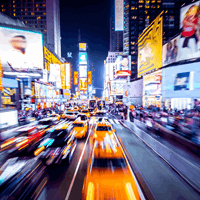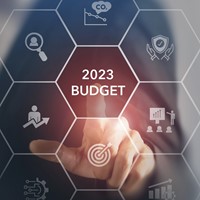Digital advertising is not as straightforward and transparent as many think
Advertising expenditure is beginning to recover from the significant budget cuts caused by the coronavirus crisis, with Dentsu forecasting global advertising spend to grow 5.8 per cent in 2021 to $579 billion.
For the first time, digital advertising will account for half of all advertising spend, with an overall growth rate of 10.1 per cent. But the digital media ecosystem is increasingly complicated with numerous layers in the form of partners and intermediaries.
So, while the cost of media is important, there are four key areas advertisers should focus on when buying digital media to ensure full transparency and management of where their marketing budget is being spent.
Intermediary costs
As the digital media ecosystem continues to grow (there are now approximately 7,000+ companies), each intermediary between advertiser and publisher takes their own bite out of the budget. An agency fee can be 5-10 per cent of the ad budget and the agency trading desk fees another 5-10 per cent.
Then add in the demand side platform (DSP) – the software used by advertisers to buy the ad inventory – and its 5-10 per cent, while we also have the data management platforms (DMP) that help define what the content of the site is and the target audience, which can have a fixed fee or cost per thousand (CPM) of 5 per cent.
There are also ad exchanges that can take 5 per cent of each purchase. And if they don’t have the inventory, they will buy from another exchange and add a fee. Supply side platform (SSP) charges can be another 10 per cent and finally there are the CPM/CPA/CPC costs - the actual fees paid to get your ad/video displayed.
Fraudulent sites
With an estimated two billion websites - but only a few hundred million active - there is increasing risk that an ad then appears on a fraudulent or low target audience site. And there’s a lot at stake – digital media ad fraud cost the global marketing industry $19 billion in 2018 and is projected to rise as high as $50 billion by 2025.
The highest quality sites are typically editorial and news sites from reputable publishers and commercial broadcasters. However, there are many junk sites that plagiarise content from legitimate news sites and sell advertising space programmatically to companies and brands.
Junk news sites also often buy cheap traffic from other sites to increase ad impressions. But this cheap traffic will invariably be bot traffic and the impressions fraudulent.
Is it viewable?
If the ad does appear on one of the target sites, is it viewable? The Media Rating Council considers a display ad ‘viewed’ if it appears for one second and two seconds if a video. So, advertisers may want to use their own, more realistic definitions of viewability – for instance that 100 per cent of the ad is in-view for three seconds.
Right context
Following on from my previous two points – if the adverts are viewable, what is the context within which it is viewed? Definitely not at the very bottom of the webpage or alongside political propaganda? If adverts are to have the desired impact and drive meaningful and measurable ROI, they need to appear in the appropriate context.
New research from AudienceProject shows that a third of consumers – across multiple markets – believe that ads appearing in a relevant context have a positive impact on brand perception. Meanwhile, most consumers say that brands appearing in non-safe environments have a negative impact on perception. The company your adverts keep clearly shapes what people think about you.
In summary, the media and intermediary costs need to be kept in check, but is futile if the advertiser is buying adverts on poor quality media that does not reach target consumers or in the right context. To avoid wasted advertising budget, media buying must be continuously evaluated to ensure the maximum of each dollar is spent influencing customers to buy the product or service.
Many advertisers now conduct media audits to ensure full transparency and performance of their media budgets and learn where the waste is.
This article was featured in Gulf News.









